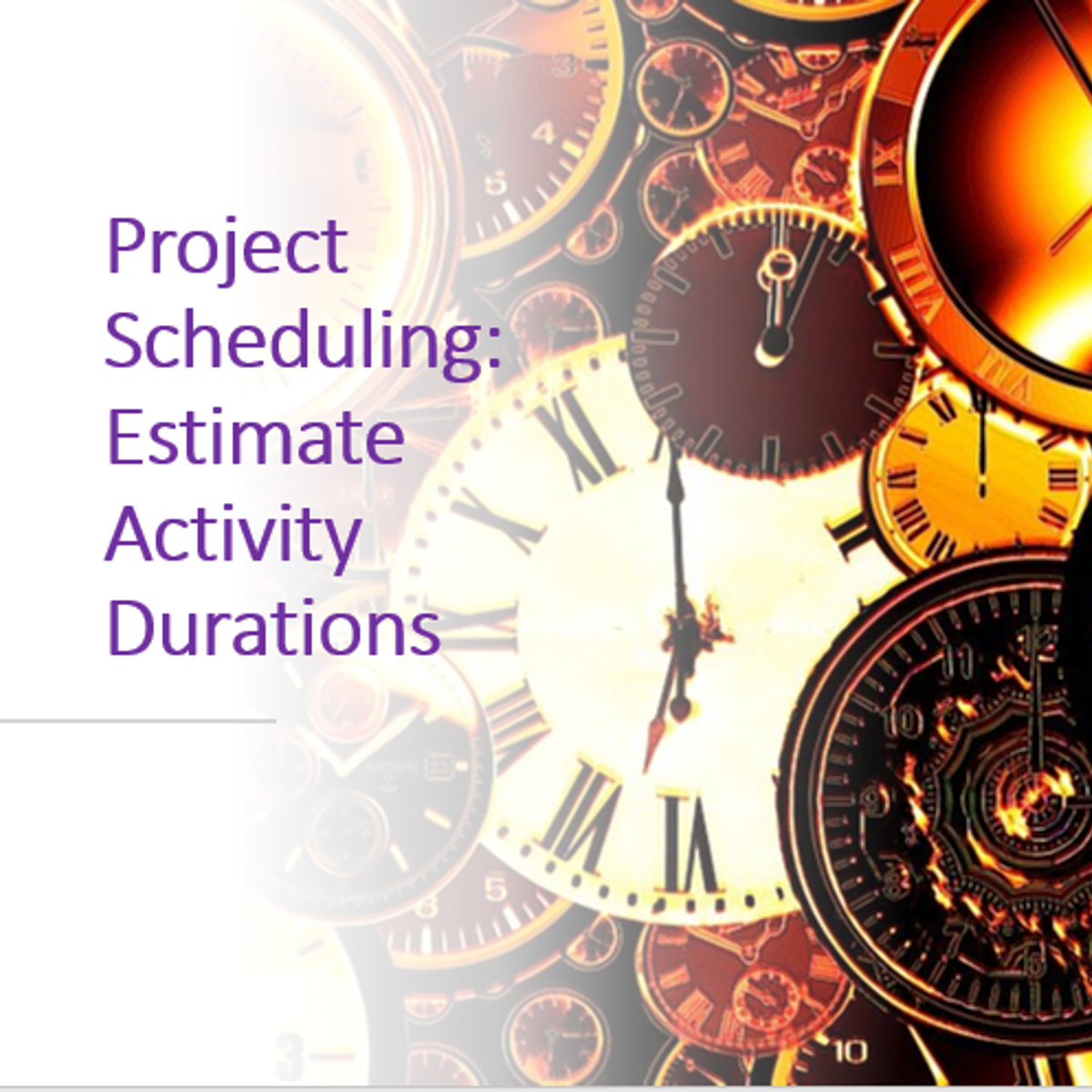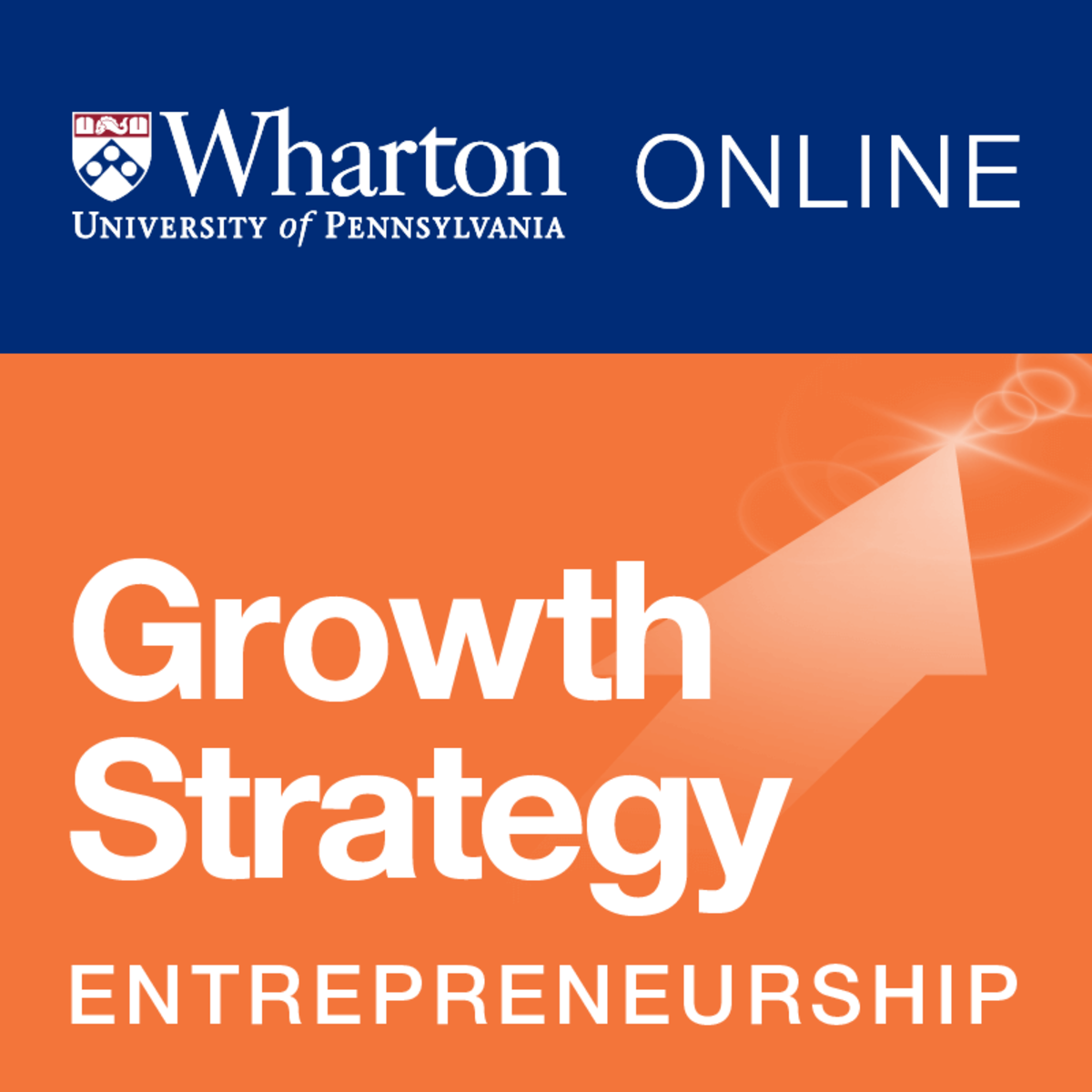Back to Courses









Business Courses - Page 63
Showing results 621-630 of 2058

Project Scheduling: Estimate Activity Durations
In this guided project you will learn how estimate the durations of your project activities. You will estimate the duration of your project activities, using techniques such as Expert Judgment, Analogy, and Parametric Estimation. Once you have developed a WBS (see Guided Project: Creating a WBS, for how to create one), and decompose the work packages (lowest elements in the WBS) into the necessary activities (See Guided Project: Creating a Project Network Diagram), you can use the bottom up estimation technique. To improve the accuracy of your estimate you will learn how to use the three-point estimation technique, taking into account risk and uncertainty. You will also learn how use statistics to come up with an Interval Estimate with a up to a 99% confidence level.
Note: This project works best for learners who are based in the North America region. We’re currently working on providing the same experience in other regions.

Creating Innovation
The third course of the specialization CREATING INNOVATION will teach you what is at the core of all innovations that solve complex problems and how to foster methods to make big breakthroughs possible. It advances your knowledge of your own field by teaching you to look at it in new ways.
CREATING INNOVATION is constructed in the following way: Week I. “What is Innovation?” – What lies at the core of all innovations. Week II. “The Evolution of Human Creativity” – How humans developed the ability to innovate and think creatively. Week III. “Innovation in a Complex Global Network” – How innovations emerge from human networks. Week IV. “Planning Innovation” – How organisations seek out and create the right conditions for new breakthroughs. Week V. “Market Innovation” – What makes innovations more likely to emerge in a market setting. Week VI. “Innovation in the Anthropocene” – How innovations are crucial to meet the problems of the 21st century.

Agile Leadership: Introduction to Change
This is a foundational course in the Agile Leadership Specialization. By the end of this course, you will build an understanding of key agile leadership concepts. You will begin building a toolbox that will give you an ability to evaluate and create a baseline for yourself as an agile leader. You will access your team’s readiness for change. You will also analyze to what degree an organization is agile, and evaluate its ability to respond to change triggers.

Speaking to Inspire: Ceremonial and Motivational Speeches
The most memorable speeches inspire, entertain, and praise. By blending stories and eloquence, great speeches highlight the core values motivating an audience. You might need to do this in a keynote address, a eulogy, or simply a business meeting. Inspiring audiences is a common, but difficult writing challenge. You want a speech that elevates the topic and the audience.
This course gives you a method for preparing and delivering speeches that inspire and entertain. By the end of this course, you should be able to compose and deliver moving speeches that praise core audience values through evidence, storytelling, and humor. You should be able to write eloquent passages in tones appropriate to the audience and occasion and speak fluidly from either a well-prepared manuscript or from memory. Learners will record speeches, providing and receiving peer feedback.

Business Applications of Hypothesis Testing and Confidence Interval Estimation
Confidence intervals and Hypothesis tests are very important tools in the Business Statistics toolbox. A mastery over these topics will help enhance your business decision making and allow you to understand and measure the extent of ‘risk’ or ‘uncertainty’ in various business processes.
This is the third course in the specialization "Business Statistics and Analysis" and the course advances your knowledge about Business Statistics by introducing you to Confidence Intervals and Hypothesis Testing. We first conceptually understand these tools and their business application. We then introduce various calculations to constructing confidence intervals and to conduct different kinds of Hypothesis Tests. These are done by easy to understand applications.
To successfully complete course assignments, students must have access to a Windows version of Microsoft Excel 2010 or later. Please note that earlier versions of Microsoft Excel (2007 and earlier) will not be compatible to some Excel functions covered in this course.
WEEK 1
Module 1: Confidence Interval - Introduction
In this module you will get to conceptually understand what a confidence interval is and how is its constructed. We will introduce the various building blocks for the confidence interval such as the t-distribution, the t-statistic, the z-statistic and their various excel formulas. We will then use these building blocks to construct confidence intervals.
Topics covered include:
• Introducing the t-distribution, the T.DIST and T.INV excel functions
• Conceptual understanding of a Confidence Interval
• The z-statistic and the t-statistic
• Constructing a Confidence Interval using z-statistic and t-statistic
WEEK 2
Module 2: Confidence Interval - Applications
This module presents various business applications of the confidence interval including an application where we use the confidence interval to calculate an appropriate sample size. We also introduce with an application, the confidence interval for a population proportion. Towards the close of module we start introducing the concept of Hypothesis Testing.
Topics covered include:
• Applications of Confidence Interval
• Confidence Interval for a Population Proportion
• Sample Size Calculation
• Hypothesis Testing, An Introduction
WEEK 3
Module 3: Hypothesis Testing
This module introduces Hypothesis Testing. You get to understand the logic behind hypothesis tests. The four steps for conducting a hypothesis test are introduced and you get to apply them for hypothesis tests for a population mean as well as population proportion. You will understand the difference between single tail hypothesis tests and two tail hypothesis tests and also the Type I and Type II errors associated with hypothesis tests and ways to reduce such errors.
Topics covered include:
• The Logic of Hypothesis Testing
• The Four Steps for conducting a Hypothesis Test
• Single Tail and Two Tail Hypothesis Tests
• Guidelines, Formulas and an Application of Hypothesis Test
• Hypothesis Test for a Population Proportion
• Type I and Type II Errors in a Hypothesis
WEEK 4
Module 4: Hypothesis Test - Differences in Mean
In this module, you'll apply Hypothesis Tests to test the difference between two different data, such hypothesis tests are called difference in means tests. We will introduce the three kinds of difference in means test and apply them to various business applications. We will also introduce the Excel dialog box to conduct such hypothesis tests.
Topics covered include:
• Introducing the Difference-In-Means Hypothesis Test
• Applications of the Difference-In-Means Hypothesis Test
• The Equal & Unequal Variance Assumption and the Paired t-test for difference in means.
• Some more applications

Research Report: Delivering Insights
You have completed all the hard work of conducting your internal, secondary, and primary research. You have analyzed all the data and are able to formulate insights and recommendations based on your research proposal. But what is the best way to present your findings and be able to make a decision?
In this course, you will discuss how to incorporate a story in your marketing presentation to help you capture the attention and gain support of stakeholders and business leaders. You will choose the most effective analytical method for delivering your insights and the best presentation method for your given audience. You will incorporate data visualization best practices and use tips and tricks when presenting to your various levels of decision makers and stakeholders.

Entrepreneurship 3: Growth Strategies
Start-ups are designed to grow quickly, but successful start-ups grow smart. This course is designed to provide you with an understanding of the essential elements of successful scaling, including an overview of demand generation, customer acquisition, adoption, diffusion and forecasting demand. You’ll also learn how to market effectively using best practices of digital marketing, social media, PR, SEO, and pricing. Finally, you’ll cover the nuts and bolts of building a sales process, partnerships and supply relationships, and examine the crucial components of attracting, developing and retaining talent. By the end of this course, you’ll have an outline of an expansion strategy for your idea or enterprise, and also be ready for Entrepreneurship 4: Financing and Profitability

What is Compliance?
Compliance isn’t only about preventing problems and ensuring that everyone is abiding by laws, rules, and regulations. It’s also about the positive impact a robust and ethical compliance program can have on a business or organization.
In this course we will discuss why compliance is important – from the needs facing businesses in highly regulated industries to avoiding fines and penalties to preventing reputational and economic nightmares. We’ll examine real-world examples of compliance and governance failures and their impact, and consider strategies for avoiding similar situations in our own organizations. You’ll be able to think about risk management in new ways and apply strategies to manage it.

Build a User Experience (UX) Map in Miro
By the end of this project, you will be able to build a user experience map to visualize the entire end-to-end user experience that the average user goes through to accomplish a goal so that your organization can gain a baseline understanding of experience before taking a product or service live.
To do this you will gain hands-on experience exercising empathy to accurately document the stages, actions, emotions, and thoughts of the user while assessing opportunities and overall qualities of the customer experience in the Miro online visual collaboration platform for teamwork.
Note: This course works best for learners who are based in the North America region. We’re currently working on providing the same experience in other regions.

Build Your Professional ePortfolio in English
Roughly half of the world’s population is already online and so setting yourself apart from the crowd is more important than ever before. One of the best ways to do that is by creating your own ePortfolio. An ePortfolio is a site that showcases or shows your background, your resume, and samples of your work. In this course, you will learn step by step how to build the site and you’ll learn the grammar, vocabulary and writing skills needed to create it. You will learn how to apply information from your ePortfolio to other online tools like LinkedIn, Twitter, Instagram and YouTube in order to network with others so that you get a job or connect with other professionals. For each step in that process, you will listen to lectures, take comprehension quizzes, and learn how to use English appropriately to each part of your site. You will also complete self and peer assessments and gain the needed skills to make your ePortfolio a reality and establish yourself online.
By the end of this course, you will be able to
• Write a proper headline or title for your ePortfolio
• Describe your work in 1 sentence and in longer forms
• Identify how to use hashtags effectively
• Write an effective summary about yourself and your work
• Apply appropriate vocabulary to write your education and professional experience for your resume
• Understand how to write a tweet to get a job
• Discover how to write specific comments and network work with others
• Apply what you have on your portfolio to other tools like Instagram, Twitter, LinkedIn or YouTube.
Popular Internships and Jobs by Categories
Browse
© 2024 BoostGrad | All rights reserved


